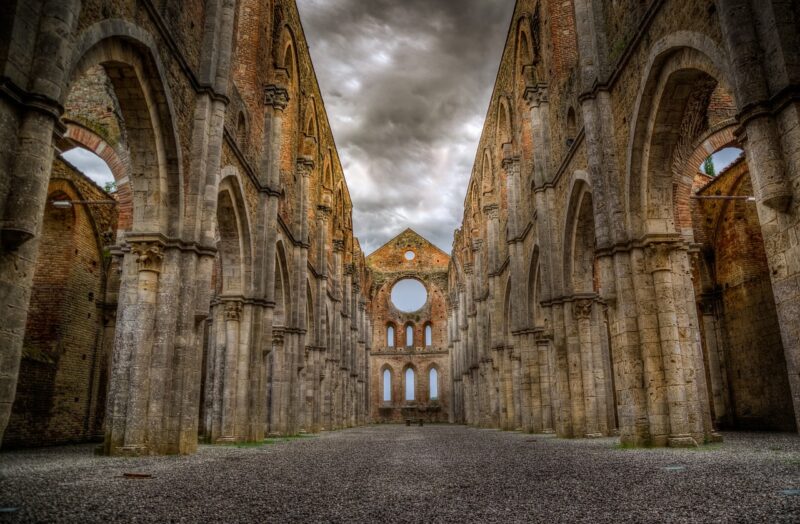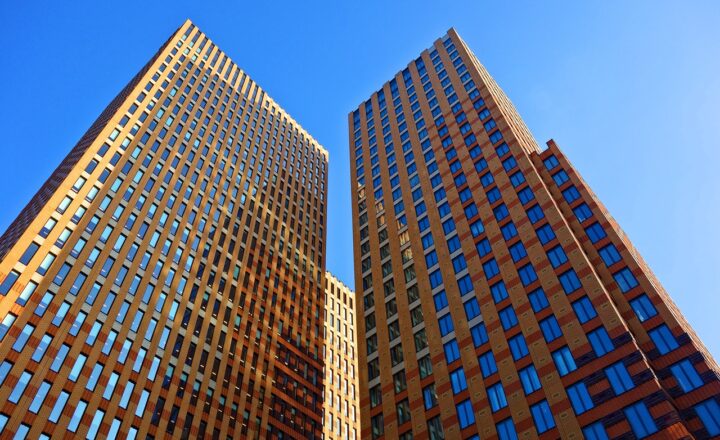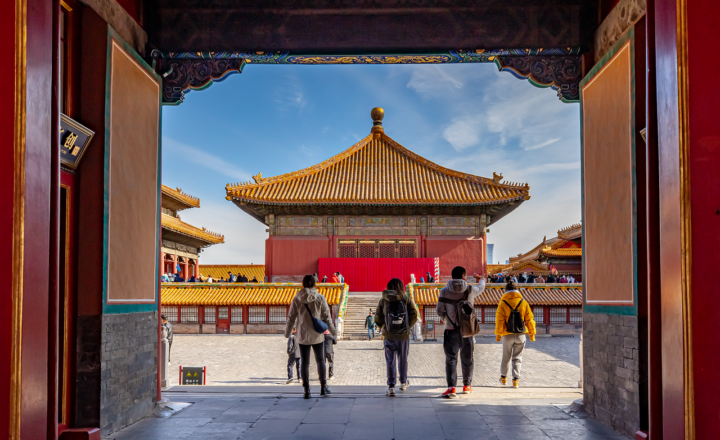How Early Human Settlements Evolved Into the Bustling Cities We Know Today
November 17, 2024

The story of urban development is a fascinating journey that takes us from the first humble settlements of nomadic tribes to the sprawling, complex metropolises of today. Cities are more than just collections of buildings; they are living organisms, constantly changing and evolving. Understanding how early human settlements grew into the vibrant, bustling cities we are familiar with today reveals not only the ingenuity of our ancestors but also the various influences that shaped civilization over millennia.
1. The Dawn of Settlements: From Nomads to Farmers
Long before cities as we know them existed, our ancestors were nomadic hunter-gatherers. They roamed the land in search of food and resources, living off what nature provided. However, approximately 10,000 years ago, a significant shift began to occur—one that would change the very fabric of human life.
The Agricultural Revolution marked a transition from nomadic lifestyles to settled farming communities. Humans started to cultivate crops and domesticate animals, leading to the establishment of the first permanent settlements. These early agricultural societies provided a stable food supply, enabling populations to grow and thrive.
2. The Rise of Early Cities
As agricultural practices improved, communities began coalescing into larger groups. Around 3500 BCE, some of the first cities began to emerge in regions such as Mesopotamia, Egypt, and the Indus Valley. These cities, including Uruk and Ur, were characterized by their intricate layouts and the invention of writing systems to manage trade and record keeping.
Cities of this era were multifunctional hubs. They served not only as economic centers where goods were traded but also as places of political and religious significance. Temples and marketplaces were often situated at the heart of these urban areas, demonstrating the intertwined nature of faith and commerce.
3. Ancient Innovations that Shaped Urban Life
The growth of cities brought about remarkable innovations. In ancient Egypt, for instance, the construction of monumental architecture, including the Pyramids, showcased society’s ability to mobilize resources and labor effectively. Similarly, the development of aqueducts in Rome revolutionized water management, allowing cities to flourish by ensuring a reliable supply of water.
Moreover, the advent of public spaces such as forums and amphitheaters fostered community engagement and cultural exchange. These innovations laid the groundwork for the urban design principles still relevant in modern city planning today.
4. The Middle Ages: A New Urban Landscape
Following the fall of the Roman Empire, the Middle Ages heralded a period of decline in urban development, especially in Europe. However, as trade routes re-established themselves and feudalism waned, cities began to re-emerge. Towns turned into centers of trade, with marketplaces becoming bustling hubs of activity once more.
New architectural styles, like Gothic architecture, began to influence cityscapes, leading to the construction of grand cathedrals that often served as community focal points. This era also witnessed the rise of guilds and trade associations, paving the way for economic specialization and the growth of a middle class.
5. The Industrial Revolution: A Catalyst for Urbanization
The Industrial Revolution in the late 18th and early 19th centuries transformed the nature of cities dramatically. With the advent of machinery and mass production, people flocked to urban areas in search of job opportunities. Factories dominated the landscape, and cities swelled with workers.
This shift also brought significant challenges, including overcrowding, pollution, and public health crises. However, it prompted advancements in infrastructure, leading to the construction of railways, public transportation, and modern sanitation systems, all of which laid the foundation for contemporary city design.
6. Modern Cities: A Complex Tapestry of Culture and Technology
Today, cities are the most dynamic spaces in human civilization, reflecting a complex tapestry of culture, technology, and societal evolution. Urban life has become interconnected through globalization, with immediate access to diverse cultures and ideas.
Technology continues to influence urban development, from smart city initiatives to sustainable urban planning. Innovations such as eco-friendly architecture, renewable energy solutions, and digital connectivity are reshaping how cities function and evolve.
Conclusion: The Future of Urban Evolution
As we look ahead, the evolution of cities is far from over. Urbanization will continue to advance, driven by technological advancements and shifting societal needs. Addressing challenges such as climate change, sustainability, and social equity will be critical as we forge the cities of the future.
Understanding the rich history of human settlements enables us to appreciate the intricate relationship between culture, governance, and innovation that shapes our urban environments today. By learning from the past, we can work towards creating cities that are not only bustling with life but also sustainable and equitable for generations to come.







